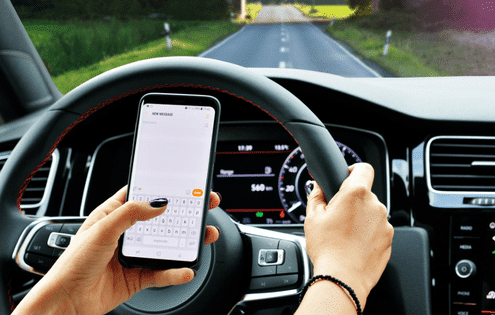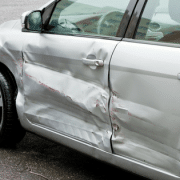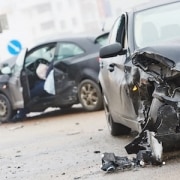Texting and Driving Statistics
You don’t have to go to Youtube to watch auto accidents that are caused by texting and driving. As you drive down the road, simply look out your window.
Chances are you’ll be able to spot someone who is driving distracted with a cell phone in their hand. Not only is texting and driving dangerous for the one using their phone, it makes the roads more dangerous for everyone else.
Texting and driving statistics cannot be ignored — it is dangerous. If you’ve gotten in a bad habit of using your phone while driving, or need some evidence to backup a loving suggestion to friends and family to put their phones down, here are the stats to share…
The National Highway Traffic Safety Administration reported that distracted driving claimed nearly 3,500 lives in 2015. Of those distractions, they say that texting is the most alarming. Distracted driving can be defined as taking your eyes off the road, taking your hands off the wheel, or taking your mind off of driving.
The danger of cell phone usage while driving is that it involves all three types of distracted driving.
It may not seem like you’re putting much in jeopardy by glancing down at your cell phone, but according to the NHTSA, taking your eyes off the road and looking at your phone for five seconds while going 55 mph means that you’re essentially driving the length of an entire football field with your eyes closed.
Whether you are distracted by a cell phone, changing the radio station, talking to a friend in the passenger seat, or eating while driving, you are putting yourself and others at major risk unnecessarily.
Don’t think distracted driving accidents happen very often? Think again. Every day in the U.S. nine people are killed, and more than 1,000 are injured in crashes involving a distracted driver, according to the CDC. Those who are more at risk for distraction-related deadly crashes are those under the age of 20.
It just so happens that the CDC’s Youth Risk Behavior Surveillance System also reported that in 2015, 42 percent of high school students who drove in the past 30 days sent a text or email while driving.
Those who reported frequent texting while driving were also less likely to wear a seatbelt, ride with someone who had been drinking, or were more likely to drink and drive themselves.
These are just a few of the statistics on texting and driving. The bottom line is, it is dangerous. Stay safe and put your phone away while driving, and encourage others to do the same.
If you or someone you know has been in an auto accident, you probably have a lot of questions like, how to deal with a car accident, should you get a police report, and whether or not you need an accident lawyer.
To help you avoid this panic and confusion, it is important to find a printable auto accident checklist and keep it in your vehicle at all times. Get familiar with resources like Geico for reporting an accident.
Next, have a lawyer in mind that you can trust to help you navigate insurance companies, other drivers involved, and the law. Cockayne Law will fight for you no matter how big or small your case is. Contact them after an auto accident for your free consultation.

















